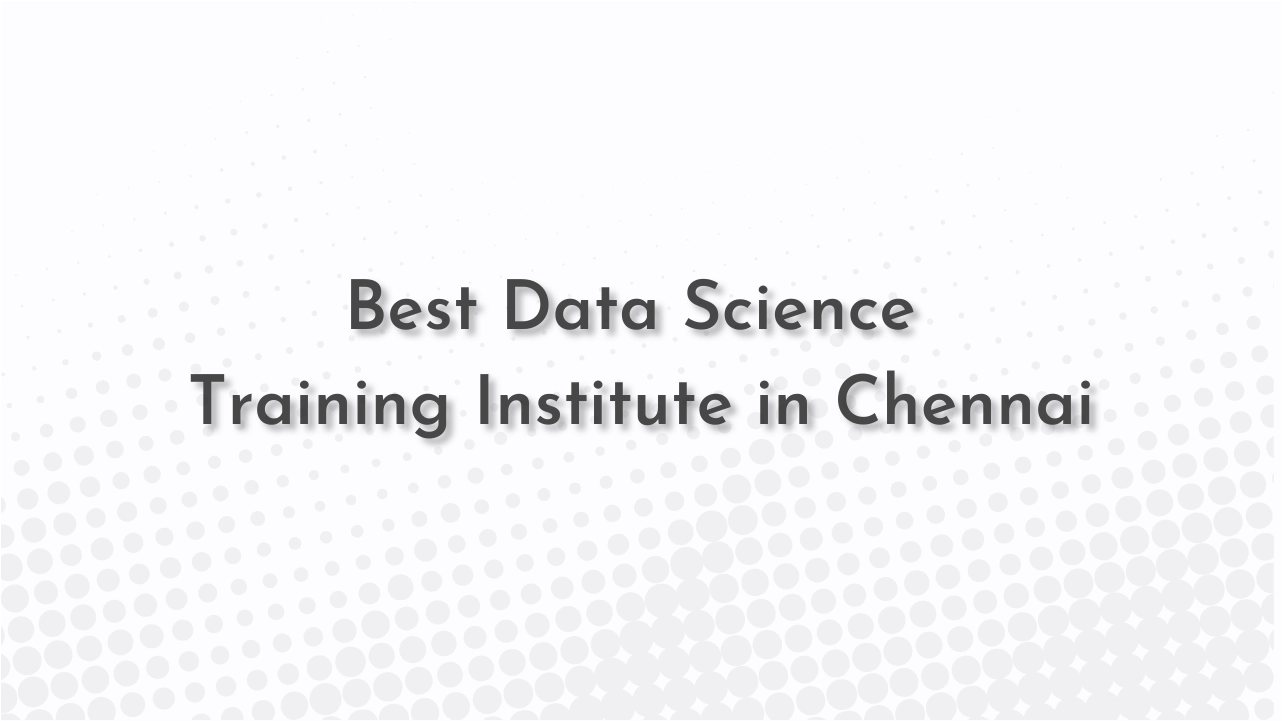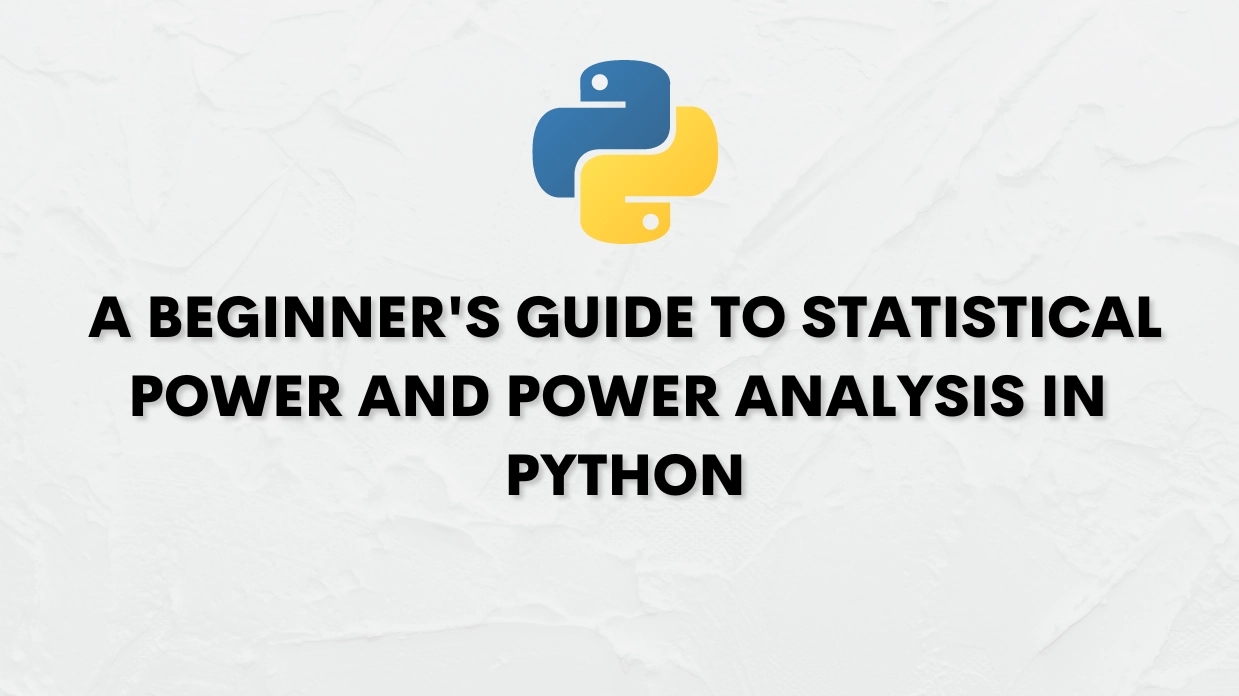Recent Post

Clustering Techniques In Data Science 3-May-23
-
In the field of data science, clustering is a widely used technique for identifying patterns in data. Clustering is an unsupervised learning technique that involves grouping together similar data points based on certain characteristics. In this blog, we will explore what clustering techniques are, how they work, and why they are useful in data science.
What is Clustering?
Clustering is a method of grouping similar data points together based on certain characteristics. These characteristics may be any number of things, such as the physical properties of an object or the behavioral patterns of a consumer. The goal of clustering is to find groups or clusters of data points that are similar to each other in some way and different from the rest of the data points.
There are two main types of clustering techniques: hierarchical clustering and partitioning clustering. Hierarchical clustering involves creating a tree-like structure of clusters, where smaller clusters are nested within larger clusters. Partitioning clustering, on the other hand, involves dividing the data points into a fixed number of clusters.
How does Clustering Work?
Clustering works by using a set of rules or algorithms to identify patterns in the data. These algorithms are designed to identify similarities between data points and group them together into clusters.
The first step in clustering is to choose the appropriate algorithm for the task at hand. There are many different clustering algorithms, each with its strengths and weaknesses. Some of the most common clustering algorithms include K-means, DBSCAN, and hierarchical clustering.
Once an algorithm has been chosen, the data scientist must decide on the appropriate number of clusters to use. This number may be predetermined based on prior knowledge of the data, or it may be determined through trial and error.
Next, the clustering algorithm is applied to the data. The algorithm will use a set of rules to group together similar data points into clusters. The algorithm may take into account various factors, such as distance between data points, density of data points, or similarity of attributes.
Finally, the results of the clustering algorithm are evaluated. The data scientist will examine the resulting clusters to determine whether they make sense in the context of the data. If the clusters are meaningful, they can be used to gain insights into the data and make predictions about future trends.
Why is Clustering Useful in Data Science?
Clustering is a powerful tool in data science because it allows us to identify patterns in data that may not be immediately apparent. By grouping similar data points together, we can gain insights into the underlying structure of the data and make predictions about future trends.
Clustering is also useful for data visualization. By visualizing the clusters, we can gain a better understanding of the relationships between different data points. This can be especially helpful in fields such as marketing and customer segmentation, where understanding the relationships between different groups of consumers is critical.
In addition, clustering can be used for anomaly detection. Anomaly detection involves identifying data points that are significantly different from the rest of the data. By identifying these anomalies, we can gain insights into unusual behavior or unexpected events.
Conclusion
Clustering is a powerful technique in data science that allows us to identify patterns in data, make predictions, and gain insights into the underlying structure of the data. By grouping together similar data points, we can gain a better understanding of the relationships between different groups of data and make predictions about future trends. Whether you are working in marketing, finance, or any other field that involves data analysis, clustering is a technique that you should be familiar with.




